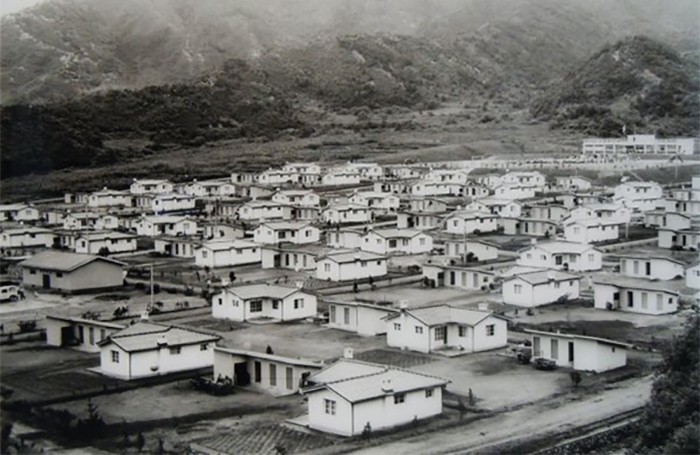Constructing frontier villages: human habitation in the South Korean borderlands after the Korean War
Alex Young Il Seo, University of Cambridge (UK)
Awards RIBA President's Awards for Research 2020
Category Cities and Community

The inter-Korean border is often considered to be purely a politico-militaristic problem which renders the space of the border static, homogeneous, and empty of human habitation. However, a closer examination reveals a highly dynamic border full of discrepancies which is, in fact, inhabited by people from both sides of North and South Korea. The 65 years of military division has, despite the ongoing hostility, spawned distinctive forms of architecture and village planning in the South Korean borderlands called the frontier village. Constructed within visible proximity from North Korea, the frontier villages have become an image of the state, portraying South Korea’s political aspirations across the length of its border. This paper examines how the frontier village is used by the state and at the same time by the villagers as a critical instrument to achieve, administer and negotiate certain outcomes. Focusing on the Yugok-ri Unification Village in Cheorwon, the paper analyses spatial changes in the village’s architecture as a lens to study how its residents cope with the highly hostile border. It reveals highly intricate and discrete ways that the residents use the space of the frontier village as a platform for their struggles against the authoritarian vision by developing, augmenting and enhancing their houses and spaces around them in their everyday life. I argue, under particular circumstances, even the state-led architecture imposed with high levels of control play no less significant a role for the villagers as a critical instrument to achieve, administer and negotiate certain outcomes.






